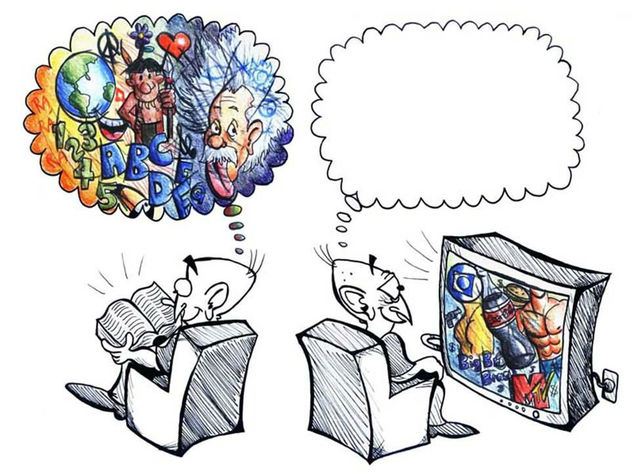The term Cultural Industry (from the German, Kulturindustrie ) was developed by the intellectuals of the Frankfurt School, especially Max Horkheimer (1895-1973) and Theodor Adorno (1903-1969).
The expression emerged in the 1940s, in the book “ Dialectic of Enlightenment: Philosophical Fragments ”, written by the authors mentioned above in 1942 and published in 1972.
Concept and Main Features
The term designates cultural and artistic work under the logic of capitalist industrial production.
Its corollaries are profit above all and the idealization of products adapted for consumption by the masses.
It is worth highlighting the Marxist influence of this interpretation, which presupposes the economy as the “driving force” of social reality.
In the Cultural Industry, standardized illusions are produced and extracted from the cultural and artistic source. These are commercialized under the aspect of cultural products aimed at making a profit.
Furthermore, it aims to reproduce the interests of the dominant classes, legitimizing and perpetuating them socially.
Thus, by submitting consumers to the logic of the Cultural Industry, the ruling class promotes alienation in the dominated ones.
As a result, it makes the dominated unable to elaborate critical thinking that prevents the ideological reproduction of the capitalist system.
On the other hand, the technological improvement of the Cultural Industry allowed to perpetuate the desire for possession by technical-scientific renewal.
In addition, any behavior deviating from the needs of consumption is combated and treated as abnormal by the Cultural Industry.
The popular culture and classical are simplified and falsified to turn into consumable products.
This causes the decay of the most original and creative ways of making culture and art.
See also: Frankfurt School
Cultural Industry and Mass Culture
Initially, we must emphasize that the Cultural Industry and the mass media , as well as the advertising tools (advertising, marketing), are inseparable and indistinct.
These vehicles and tools will be responsible for creating and maintaining the belief in “individual freedom”.
Free of any standardization, they provide the feeling of satisfaction for consumption, as if happiness could be bought.
Most of the time, the products purchased do not deliver what they promise (joy, success, youth). Thus, they easily elude the consumer, trapping them in a vicious cycle of conformism.
Positive Aspects of the Cultural Industry
Not everything is negative in the capitalist action of the Cultural Industry. In this respect, Walter Benjamin (1892-1940) believes that this is also a way of democratization for art.
For him, the same mechanisms that alienate, are capable of bringing culture to a greater number of people.
In addition, it allows the non-commercial enterprise, since it allows access to tools for cultural production.
Already Theodor Adorno and Max Horkheimer , said the Cultural Industry acted as forming mentalities. However, they were not used in an enlightening way, which is also a virtual possibility of this system.
If the Cultural Industry was the main responsible for the alienation promoted by the removal of art from its transforming role, on the other hand, it may be the only one capable of spreading and reframing art as a factor of social transformation.

